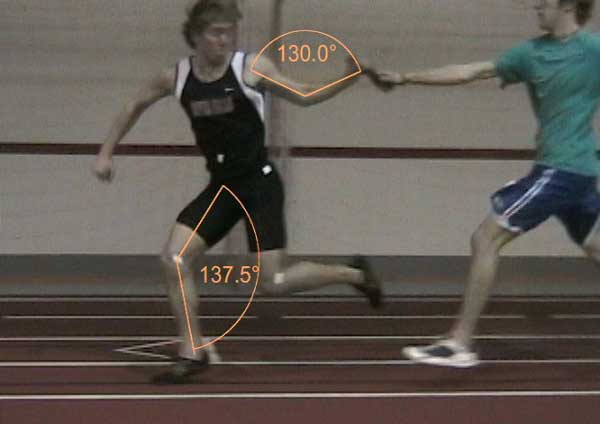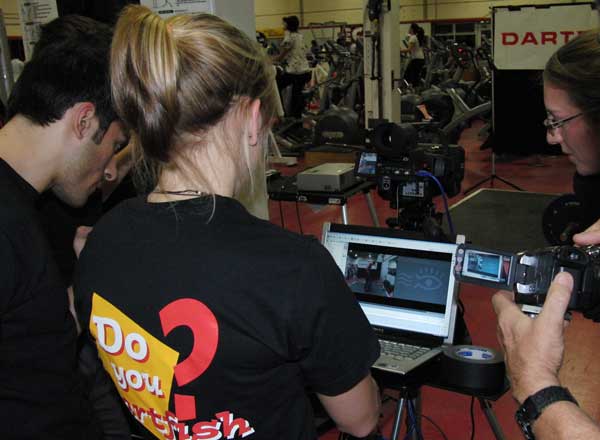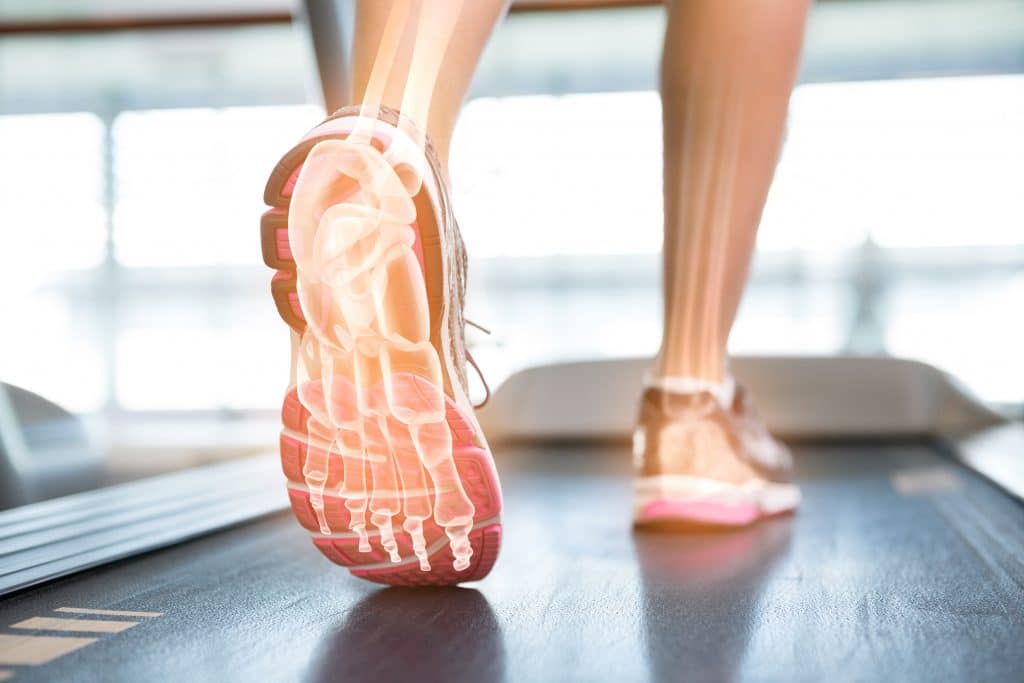
Dynamic Biomechanics, the first of its kind e-text, embedded with video and teamed with Dartfish technology, brings difficult biomechanical concepts to life for university biomechanics students. Professors across the USA, in both traditional and online settings, are choosing an interactive, authentic, hands on learning experience for their students. And combined with Dartfish award winning technology, students view, manipulate, and analyze movement and performance to best prepare for success in the classroom and beyond.
A video-infused e-text bundled with Dartfish changes, enhances, and refines learning, giving students marketable skills for future careers as PE teachers, trainers, physical and occupational therapists and sports medicine specialists.
Insights shared by biomechanics professors using Dartfish and Dynamic Biomechanics
Students are engaged with better understanding of the analysis of a skill or movement. Students are motivated during group projects to engage in the analysis and decision making process.
“When looking at joint angles without degrees, you think it’s one thing, but it ends up being different.” – University Biomechanics Student
Student video projects have more real world application with better assessment of learning.
“With the Dartfish ‘tools’ it takes the analysis process to a higher level of critical thinking and concept application. One example would be learning the difference between absolute and relative angles. As a prof, an absolute angle and relative angle are simple concepts. I did not realize, until the students started using Dartfish that they did not understand the difference between the two. Secondly, the illustrations on the video and the still photos clearly demonstrated the students’ understanding of the biomechanical concepts and their ability to identify the point of application of force, direction of force, and the CM.” – Dr. Deb Allyn, University of Wisconsin, River Falls
Dartfish Technology is incorporated into multiple programs at SUNY Cortland, including Kinesiology, Athletic Training, Sports Management, Physical Education, Athletics, and Research. Dr. Jeff Bauer, in the Department of Kinesiology at SUNY Cortland, teaches undergraduate biomechanics using Dynamic Biomechanics. Bauer is also the Co-Director of the Biomechanics Laboratory. Under his direction, Dartfish is used in classroom lecture, student laboratories, for research, and by the SUNY Cortland Dartfish Club.
“As a college professor,” explains Dr. Bauer, “I believe I owe it to my students to teach courses with the most up-to-date, relevant, and useful materials and technologies, so I can help students learn and develop skills that will best prepare them for their future careers. I believe using Dynamic Biomechanics bundled with Dartfish Connect software, Dartfish TV, and the Dartfish Express app provides me with the perfect combination of tools to achieve my goals as an instructor. It’s an excellent resource for undergraduate biomechanics students. The information is comprehensive, it is user friendly, and the built in search engine makes it superior to any traditional textbook.
As a biomechanics lab instructor, Dartfish is an invaluable tool for performing movement analysis. Easy to learn and fun to use, it enhances not only how I teach my labs, but also the learning of my students.”

Using dartfish.tv with Dynamic Biomechanics
“At the beginning of each semester,” states Dr. Bauer, “I create a private collection for each of my students on our Dartfish TV Channel. The collection is accessible only by the student, my class graduate assistant, and me. Students upload all of their Dartfish video assignments to their private collection where they are reviewed and graded. The students do not have the option to delete uploaded assignments, but may upload as many rough drafts as they wish, prior to the due dates of the assignments. This arrangement allows students to upload drafts of their assignments, if they wish for me to review with comments, before their final assignment deadline. All final assignments remain in their private collection until after final semester grades are assigned.”
“This arrangement greatly reduces the time and hassle of collecting and returning student Dartfish assignments. Having access to their own private collection, eliminates the need for them to create video projects that must be emailed, posted to a DropBox account, or copied from a flash drive to the instructor’s computer for grading. They can now upload their ‘Dartfish Mediabooks’ directly to their own SUNY Cortland Biomechanics Channel collection, submitting completed work from any internet compatible computer running Dartfish or their Express app.”
Dr. Frank Spaniol, a professor in the field of Exercise Science at Texas A&M Corpus Christi, uses Dartfish and Dynamic Biomechanics for visual impact and vivid instruction of difficult concepts in his biomechanics course, with extensive use of Dartfish in the Kinesiology Department’s biomechanics lab. According to Dr. Spaniol, “The vast majority of students are visual learners so they respond extremely well to Dartfish, because of its powerful applications and user-friendly nature. When difficult concepts are presented in print form, many students still struggle with understanding. When students can visually conceptualize both qualitative and quantitative motion analysis, seeing the actual step-by-step break down of movement, they engage, because their understanding is enhanced when the concept is visualized. Dartfish is a powerful, user friendly software program that allows students to quickly become proficient at capturing and analyzing various sport skills and human movements.”
Bottom line – professors use the Dynamic Biomechanics Program because it improves instruction.
“There is no doubt about it,” states Dr. Spaniol, “instruction and learning definitely improve when you can provide relevant, visual examples of biomechanical application.”
“Dartfish and Dynamic Biomechanics have provided me with tools that bring to life many key biomechanical movement principles, so hard to fully understand when presented in standard classroom settings,” Dr. Jeff Bauer explains.
“It truly is a dynamic means of communicating biomechanical concepts to the university student,” shares Dr. Ben Johnson, Professor and Chair of the Department of Physical Education & Exercise Science at the City University of New York – Brooklyn College.

- Read the SUNY case study for more on the use of Dartfish by Dr Bauer
- This article is available in PDF format

Comments are closed.